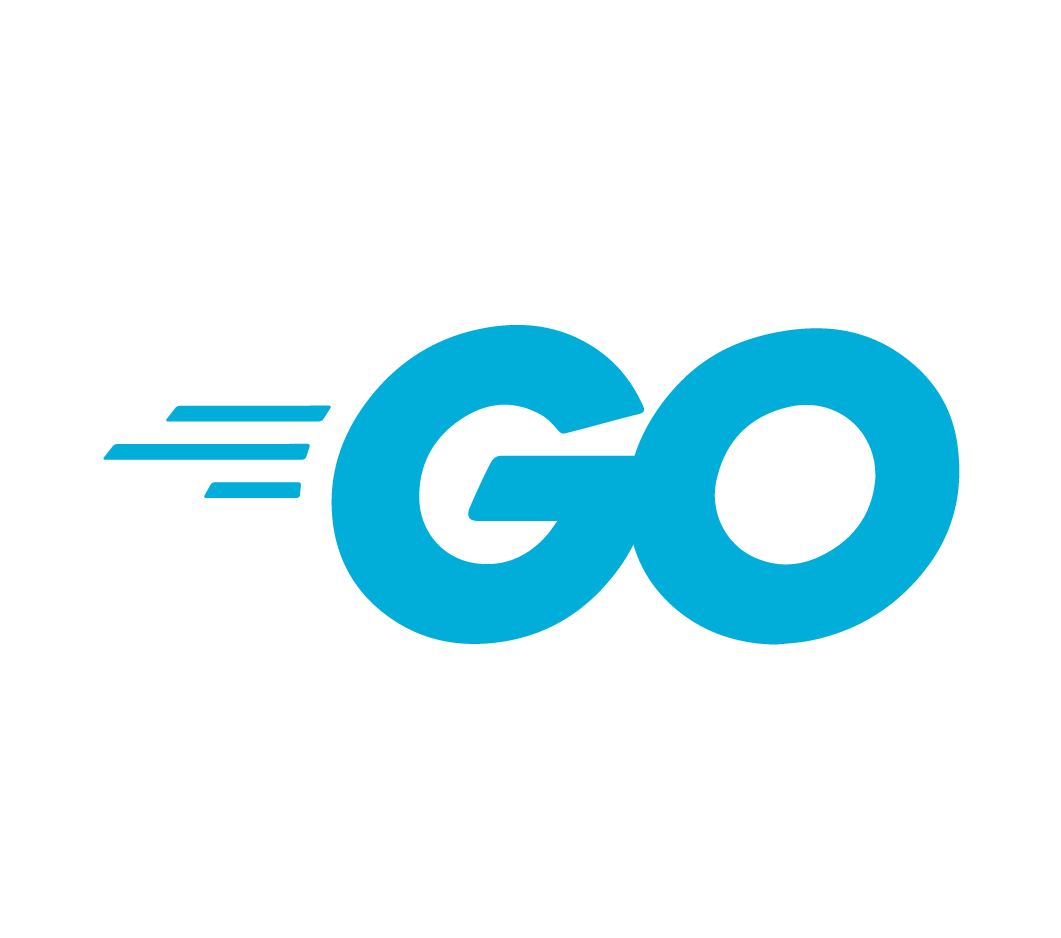Smart WebP Image Resizer
A serverless image processing service that automatically resizes images to web-optimal dimensions and converts them to WebP format for improved performance. Built from concept to deployment in just 2 hours.
Web performance is crucial for user experience and SEO, with image optimization being one of the most impactful factors. This project demonstrates how quickly I can develop a production-ready service that addresses a specific business need: automatically optimizing images for web use.
What makes this project particularly interesting is how it combines a high-performance Go backend with a modern React frontend to create a seamless user experience, all packaged in a serverless architecture that scales automatically and costs almost nothing when not in use.
Key Features
- Dual Input Methods: Accepts images via direct upload or URL, providing flexibility for different use cases
- Smart Resizing: Automatically determines optimal dimensions while preserving aspect ratio
- WebP Optimization: Converts images to the WebP format for superior compression and quality
- Customizable Settings: Allows fine-tuning of dimensions and quality to meet specific requirements
- Detailed Metadata: Provides comprehensive information about the optimization process
- Multi-Format Support: Handles JPEG, PNG, and BMP input formats
- Serverless Architecture: Scales automatically and costs almost nothing when not in use
Technical Architecture
The service is built with a clean, modular architecture designed for performance, scalability, and maintainability:
Backend (Go)
- High-Performance Processing: Go's efficient image processing libraries enable rapid image transformation
- RESTful API: Clean API design with endpoints for both direct uploads and URL-based processing
- Error Handling: Robust error handling ensures graceful degradation in edge cases
- Memory Management: Careful memory handling optimizes for serverless environments with limited resources
Frontend (Next.js)
- Intuitive Interface: Modern, responsive design with drag-and-drop functionality
- Real-time Feedback: Visual comparison between original and optimized images
- Customizable Settings: User-friendly controls for adjusting optimization parameters
- Detailed Metrics: Clear visualization of size reduction and quality changes
Cloud-Native Architecture
While the initial application was developed and containerized in two hours, the architecture was designed from the start with cloud deployment in mind:
Container-Based Architecture
- Multi-Stage Docker Builds: Optimized container size and build process
- Environment Configuration: Flexible configuration via environment variables
- Local Development: Docker Compose setup for seamless local testing
Cloud Deployment Ready
- Scalable Design: Architecture optimized for serverless environments
- Stateless Processing: Ensures consistent operation under variable load
- Resource Efficiency: Careful memory management for cost-effective cloud hosting
- Security Considerations: Built with best practices for secure cloud deployment
Rapid Development Process
This project showcases my ability to rapidly prototype and deliver production-ready solutions:
2-Hour Development Timeline
- First Hour: Project planning, architecture design, Go backend core functionality, and API implementation
- Second Hour: Frontend development, UI/UX design, and Docker containerization for local testing
This rapid development was made possible by leveraging modern development practices and AI tools:
- LLM-Powered Development: Using AI agents to accelerate coding, with structured prompting and test-driven development
- Modular Architecture: Clean separation of concerns for parallel development
- Systematic Approach: Following a detailed action plan (visible in the project.md file on GitHub) to implement features methodically
- Existing Knowledge: Deep expertise in both Go and web technologies, combined with efficient LLM orchestration
Note: As stated in the footer of the live site at webp.mark-life.com: "This Go and Next.js app done in two hours." The functional app with Docker containerization was completed in this timeframe, while deployment to Google Cloud Run was done as an additional step later.
LLM-Powered Development
One of the key factors that enabled this rapid development was my strategic use of Large Language Models (LLMs) throughout the development process:
AI Agent Orchestration
- Structured Action Plan: I created a detailed, step-by-step plan (visible in the project.md file on GitHub) that broke down the implementation into manageable tasks
- Test-Driven Development: For each feature, I defined tests first, then used AI agents to help implement code that satisfied those tests
- Effective Prompting: By clearly defining requirements and constraints for each component, I could efficiently leverage AI to generate working, production-ready code
Benefits of This Approach
- Accelerated Development: Building a fully functional prototype in hours instead of days or weeks
- Reduced Debugging Time: Having AI assist with code generation reduced common errors and integration issues
- More Focus on Architecture: I could concentrate on overall system design and user experience while AI assisted with implementation details
This approach demonstrates how developers who effectively orchestrate AI tools can dramatically accelerate development cycles without sacrificing code quality or architectural integrity.
Technology Stack


Backend
- Go - High-performance image processing and API server
- Docker - Containerization for consistent deployment
- Google Cloud Run - Serverless hosting platform
Frontend
- Next.js - React framework for the web interface
- TypeScript - Type-safe development
- Tailwind CSS - Utility-first CSS framework
Conclusion
The Smart WebP Image Resizer demonstrates my ability to rapidly develop and deploy solutions that address real business needs. By combining high-performance backend technology with a user-friendly frontend and efficiently orchestrating AI tools, I created a fully functional service in just 2 hours.
This project showcases not just technical expertise across multiple domains, but also my ability to effectively leverage LLMs to accelerate development. The strategic use of AI tools, combined with a systematic approach to implementation, enabled me to build in hours what would traditionally take days or weeks - a critical competitive advantage in today's fast-paced business environment.